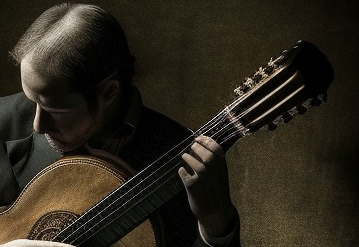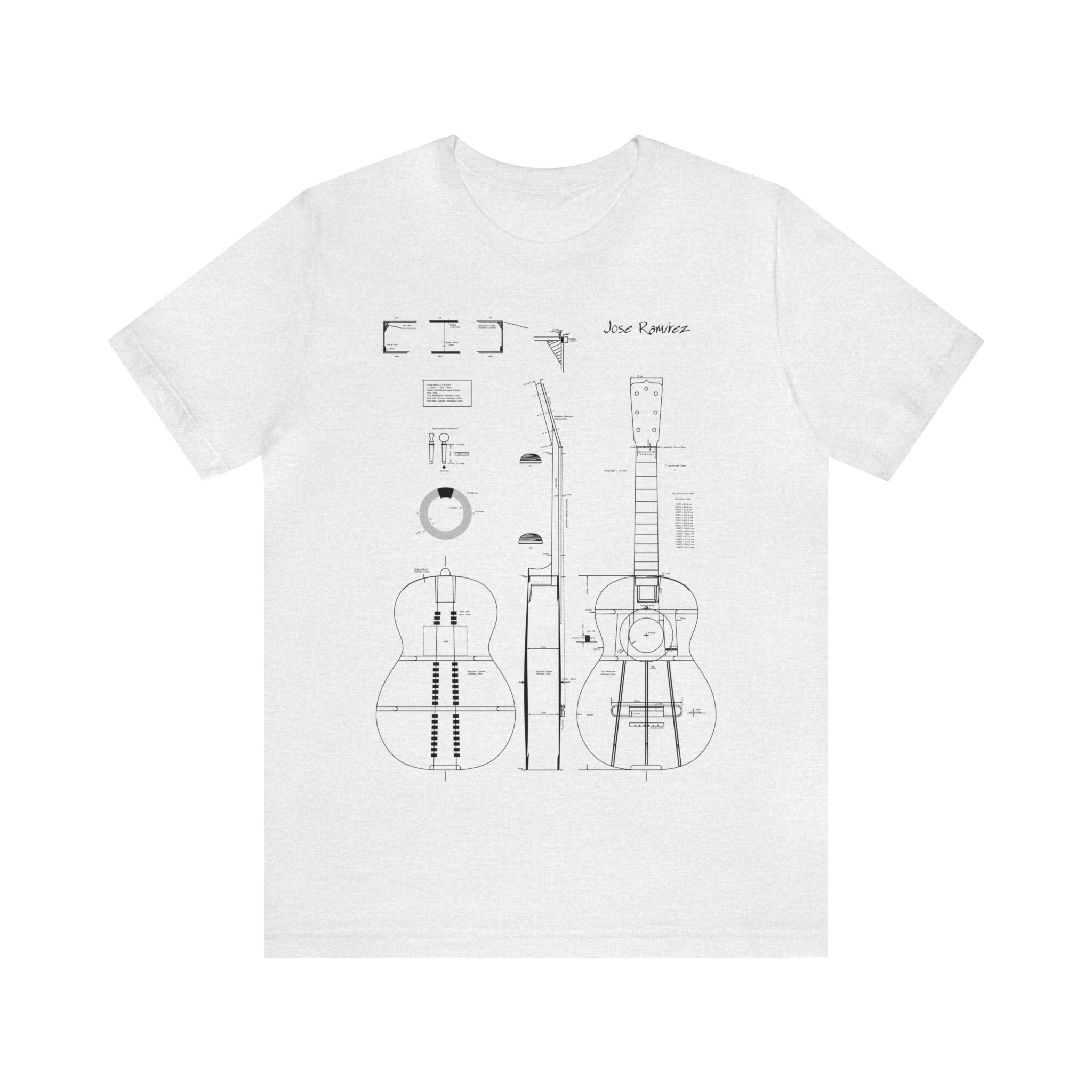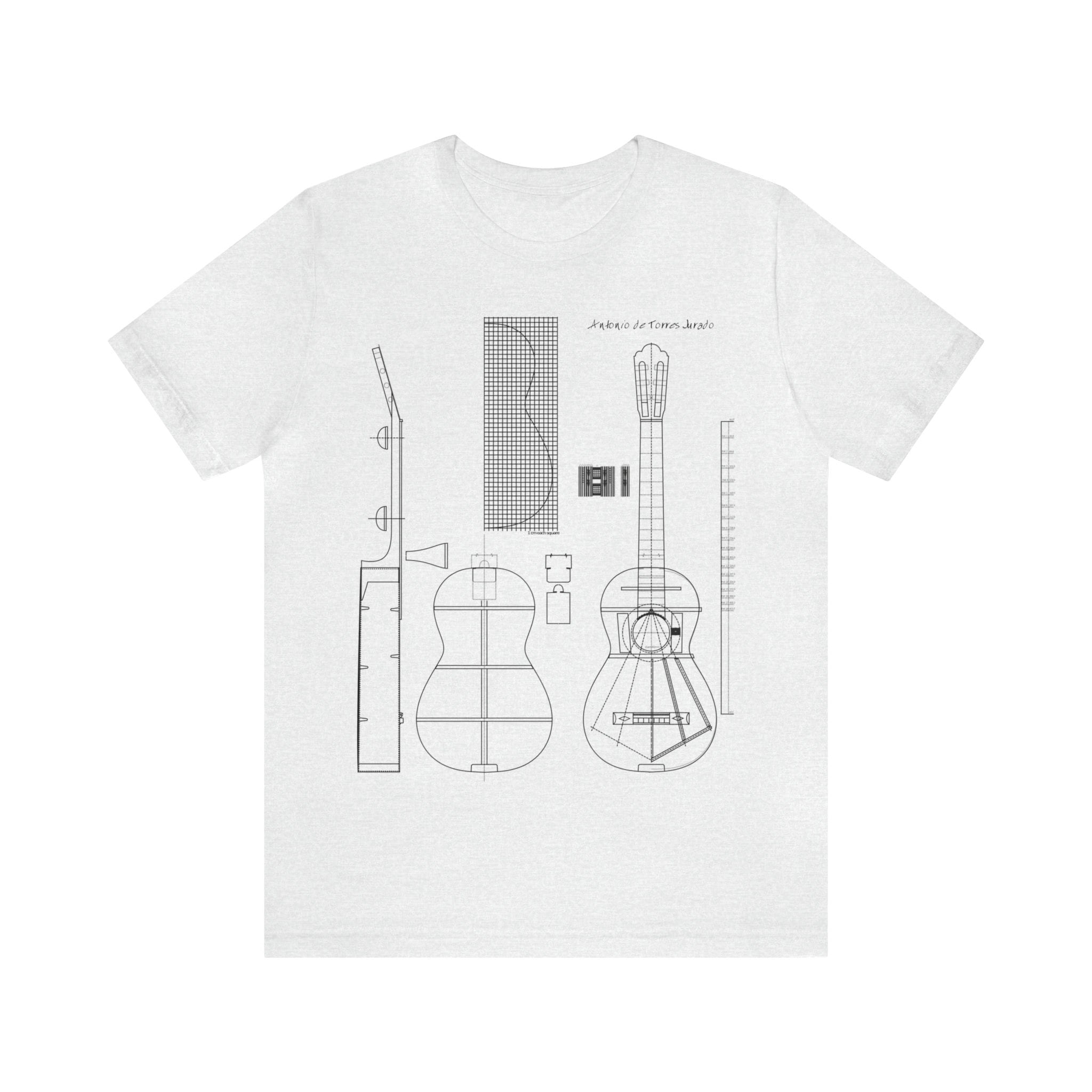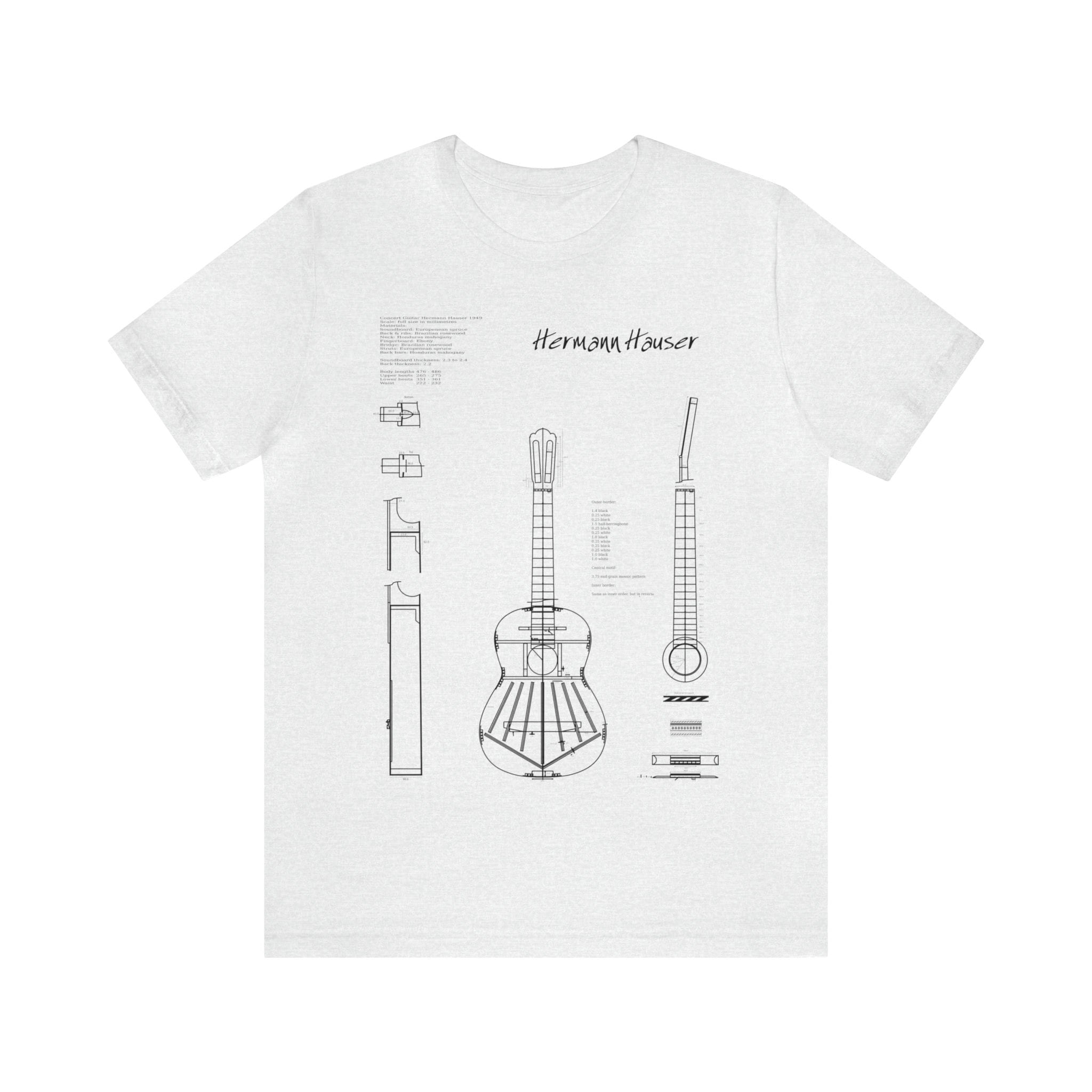Playing classical guitar requires not only good technique but also a deep understanding of the mechanics involved in producing clear and beautiful sound. One important aspect of technique that is often overlooked is the preparation and movement of left-hand fingers.
In classical guitar playing, the left-hand fingers must move quickly and accurately to produce the desired notes. However, moving the fingers too quickly can result in sloppy playing and missed notes. To avoid this, it is important to prepare the fingers in advance of the note, a technique called anticipation.
Anticipation involves placing the finger on the correct fret before it is needed, allowing for a smooth and accurate transition to the next note. This also allows the finger to be in the correct position for any subsequent notes in the sequence, reducing the need for unnecessary movements.
Preparing your fingers correctly is crucial, and yet it is a skill that is often overlooked. Most guitarists focus on practicing trills, bars, and other techniques, without giving enough attention to finger preparation. To prepare your fingers, you need to be aware of where your fingers are and where they need to go on the fretboard. This requires a slow and meticulous approach at first, and later a deep understanding of the piece you are playing and the fingerings involved.
Another key technique in left-hand finger movement is the principle of slow movement. While it may seem counterintuitive, playing slowly can actually help improve overall playing speed and accuracy. By moving the fingers slowly and deliberately, the hand and fingers can develop muscle memory and build strength, allowing for faster and more precise playing in the long run.
Mastering finger placement is to reduce unnecessary movements. This means minimizing gestures that are too large or too fast, to achieve a certain slowness of movement, whether playing Lento or Presto. By doing so, you will achieve a certain sensation of slowness in your hand, even when playing at a fast tempo. This technique is best achieved by moving your fingers at a constant speed, to attain maximum slowness of movement.
It is important to note that developing good left-hand finger movement requires constant attention and practice. While there are no specific exercises that can target this area, it is important to be mindful of finger placement and movement in all pieces and to practice slowly and deliberately to develop the necessary muscle memory.
To illustrate this concept, let’s take a simple example of playing a C Major scale in second position, from C on the 3rd fret of the 5th string to C on the 5th fret of the 3rd string, using the fingerings 2-4-1-2-4-1-3-4. To prepare your fingers correctly,when playing the C note you’ll need to place your 4 finger above the string, ready to play the note D on the 5th fret of the 5th string, while D is ringing, similarly you need to place your 1 finger above the string, ready to play the note E on the 2nd fret of the 4th string….etc By doing so, you minimize unnecessary movements and prepare your fingers to play the notes accurately and smoothly.
In conclusion, the preparation and movement of left-hand fingers is a crucial aspect of classical guitar playing that requires careful attention and practice. By using techniques such as anticipation and slow movement, guitarists can achieve greater accuracy and speed in their playing, ultimately leading to a more beautiful and expressive musical performance.
Classical Guitar






